On March 2, protestors around the world took to the streets in “Hands Off Rafah” demonstrations, including a local turnout. As Israel’s war in Gaza reaches day 160, ongoing Toledo protests continue due to collective frustrations with the government.
The majority of American voters support a ceasefire in Gaza even though they may not have actively participated in on-the-ground protests, according to a December 2023 poll by Data for Progress. This, and the impending Israeli ground assault on Rafah, has ignited widespread contemplation among these individuals: What drives the necessity to engage in protest activities?
Activist and Therapist Walaa Kanan provides input.
“On an emotional and psychological level, it’s what we’re witnessing. It’s not normal to be (five) months into an ongoing genocide. People have this energy and need to do something with it. It is natural to have a reaction and want somewhere to put your energy. So, protests,” Kanan said.
It goes beyond just being a ‘feel-good’ event, according to Kanan.
“It is an empowering experience. It brings together community, people who are supportive,” she said.
Protests manifest in various forms. Whether it be on the street, outside government officials’ offices or email campaigns.
“When we’re standing on corners of the street, those are primarily to educate the community. We have informational flyers for cars who are willing to take them. So aside from bringing attention, we’re educating people,” Kanan said.
Persistence and consistency are key components of protesting.
“If you drive by, you see a process of a thing you don’t understand, you’re kind of like, ‘Whatever.’ And you keep driving. But the seventh time you see them, you might be like, ‘Okay, I will take this flyer from you. I will go Google this,’” Kanan said.
Fellow Protestor and University of Toledo Undergraduate Student Hoda Elahinia has been attending protests throughout her youth.
“The first big protest that I remember going to was with my parents at the Detroit Airport when Trump first proposed the Muslim ban. But following the lead of Palestinian organizers in Toledo, when they started to organize these protests I would attend,” said Elahinia.
The majority of ceasefire protests in Toledo are organized by the American Muslims for Palestine: Toledo Chapter.
From questioning Congresswoman Marcy Kaptur to initiating community conversations, Kanan’s tireless efforts have cemented herself as a leading activist.
“A big part of protesting is reminding people in the community this is still happening. ‘You saw us protesting yesterday, we’re protesting today. And if it doesn’t stop, we’re gonna be protesting tomorrow, too.’ It’s reminding people of what’s happening,” she said.
The U.S. acts as the principal source of military aid to Israel, providing a substantial $3.3 billion to the state in 2022 alone, as reported by the United States Agency for International Development.
“It’s not allowing the city to be business as usual, because we shouldn’t have business as usual as we’re funding that genocide,” Kanan said.
Over 30,000 Palestinians have died in the war since October, according to the Gaza Health Ministry.
In January, the International Court of Justice “found it plausible that Israel’s acts could amount to genocide,” but did not call for a ceasefire.
“There’s a lack of understanding that we are in a state of emergency. We need to act now before it gets worse. We have the power to stop it,” Kanan said.
The Toledo-born and raised Palestinian-American has been a key part of championing the Toledo City Council’s unanimous calling for a ceasefire in Gaza last month.
“This country’s movements typically happen from the bottom up. City council would be one of those small steps up, where the city of Toledo has made a public statement, ‘This is how we feel’ under a political lens. The idea is, slowly after that, it’s the state, and then Congress and then the country,” Kanan said.
Support from city council has an immediate local effect, Kanan explained.
“There’s been a lot of negative feedback to people advocating for Palestine. So when we as a city say that we believe in a ceasefire, we are creating a safer space for people to advocate for that in the city. Now the city’s declared it, so that’s a step in normalizing it to the community,” she said.
On March 3, Vice President Kamala Harris publicly called for an “Immediate ceasefire, for at least the next six weeks, which is what is currently on the table.”
What happens after six weeks is unclear.
The Bowling Green City Council has yet to make a resolution pass for a ceasefire in Gaza, following in the neighboring city of Toledo’s path.
President of The Bowling Green Socialists Ben Thomason spoke to council members about taking action.
“Damon (Sherry) the President of the BGSU College Democrats recently just got elected to the city council of Bowling Green. I did talk to Damon about the potential for passing a ceasefire resolution in Bowling Green. Unfortunately, Damon said they couldn’t do it,” Thomason said.
Thomason indicates that the Bowling Green City Council majority believes passing a ceasefire resolution merely serves as a symbolic gesture without substantial impact.
“Sounds like if we were to have a resolution pass or have a resolution brought up in city council, there would need to be a decent amount of outside pressure put on them for that,” Thomason said.
BGSU students who want to learn more can visit https://www.ampalestine.org/ or contact The Bowling Green Socialists for more information.


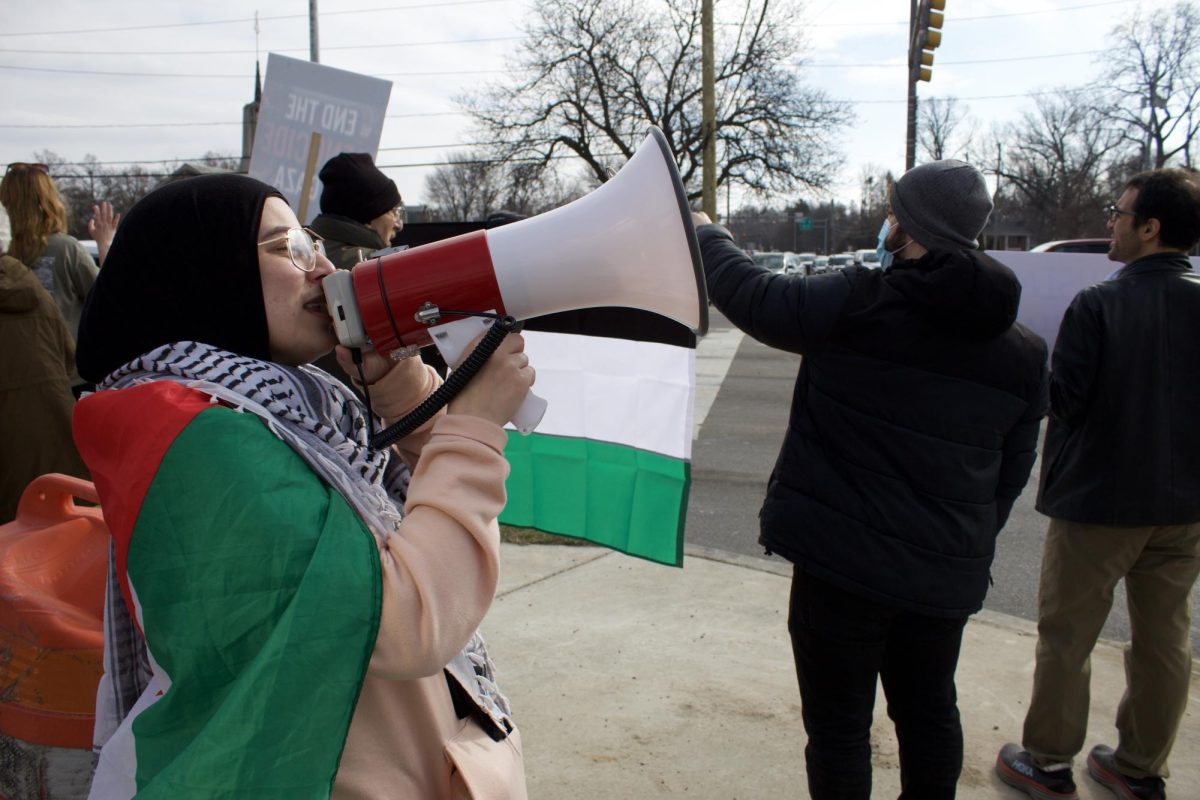

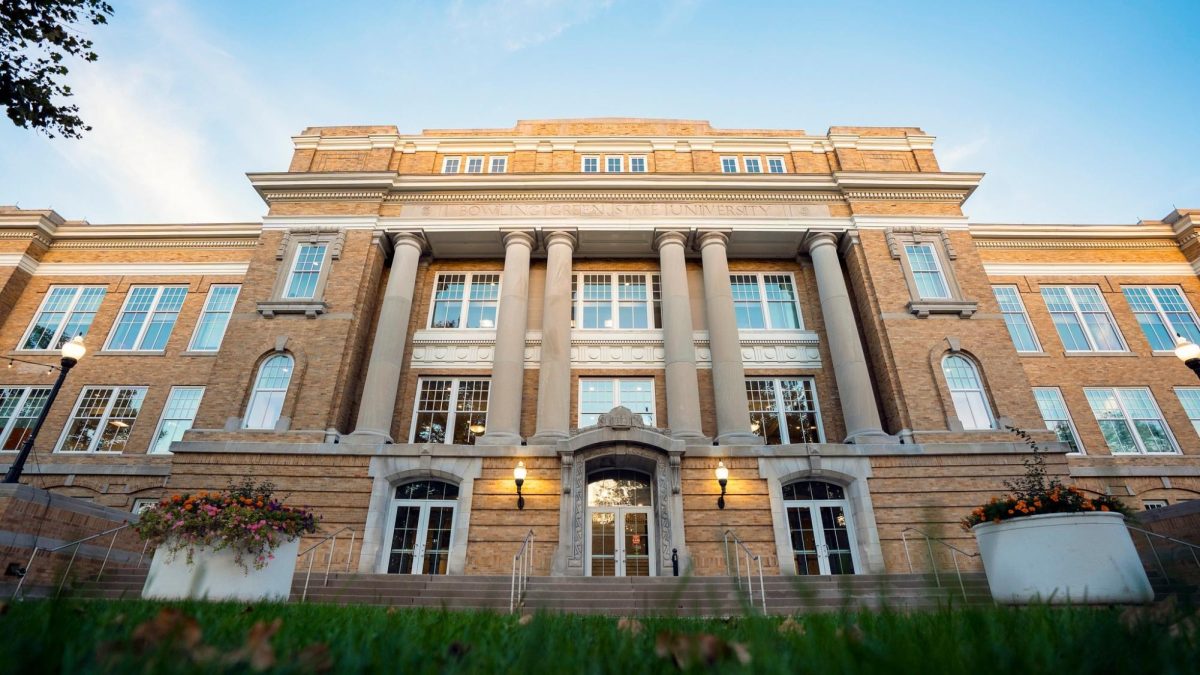
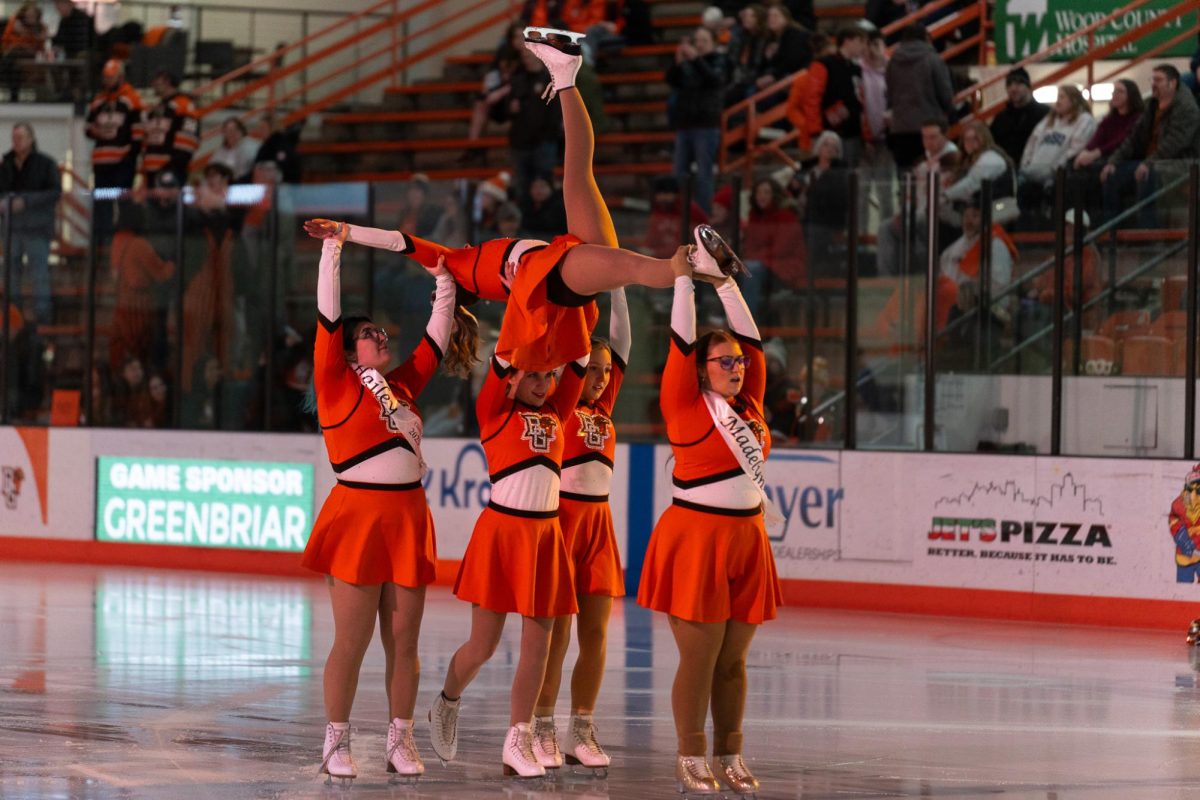
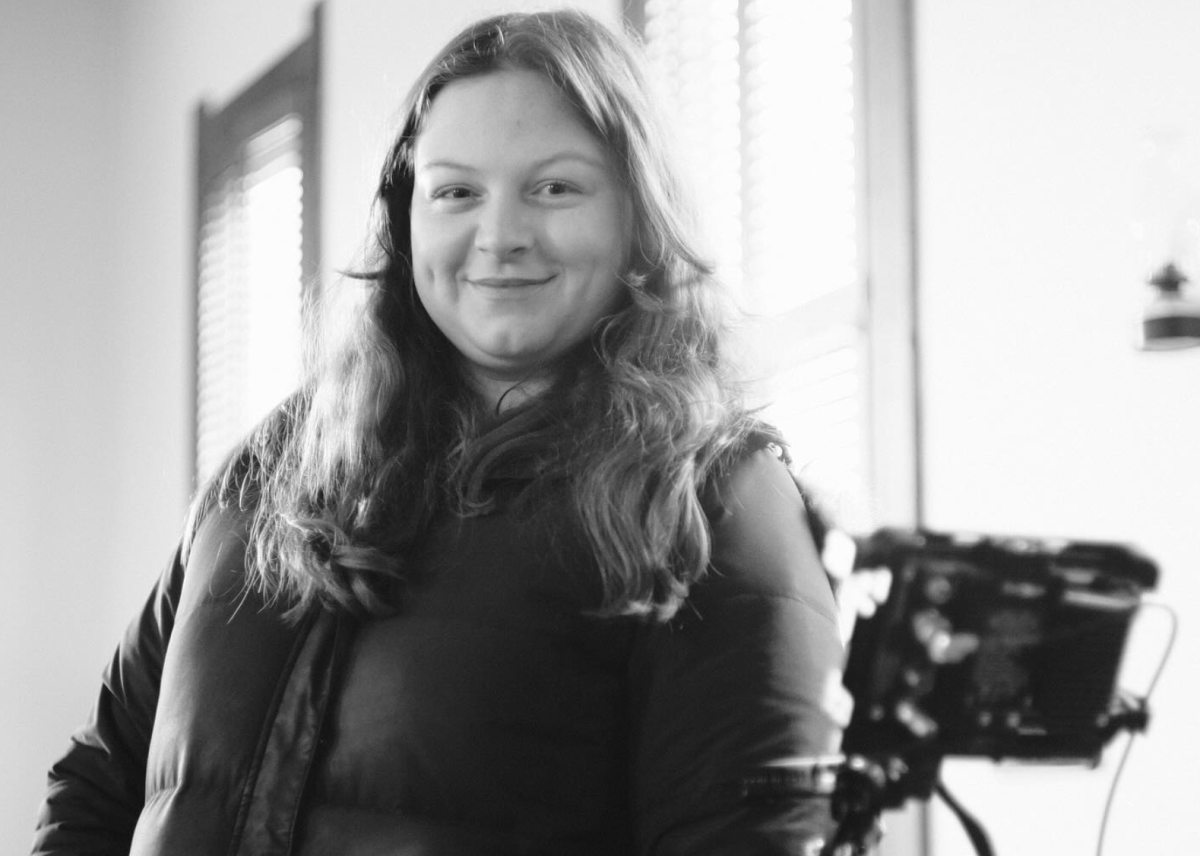
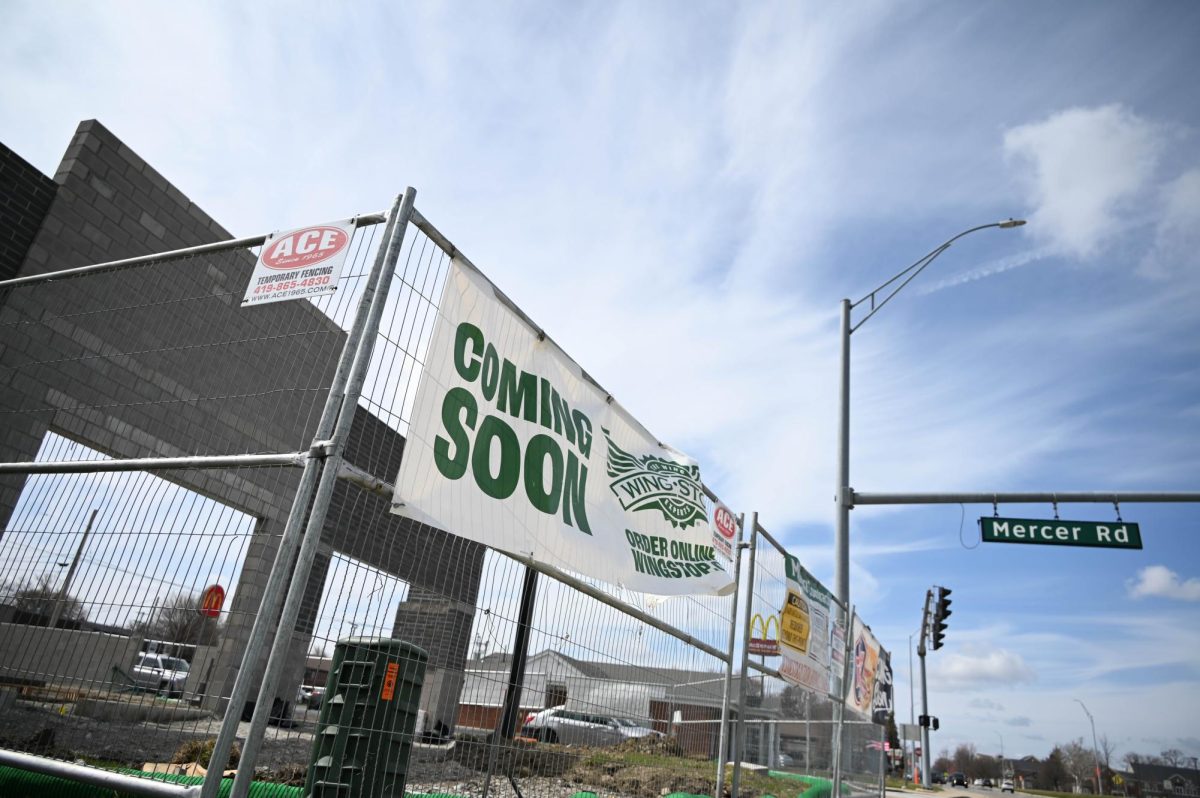
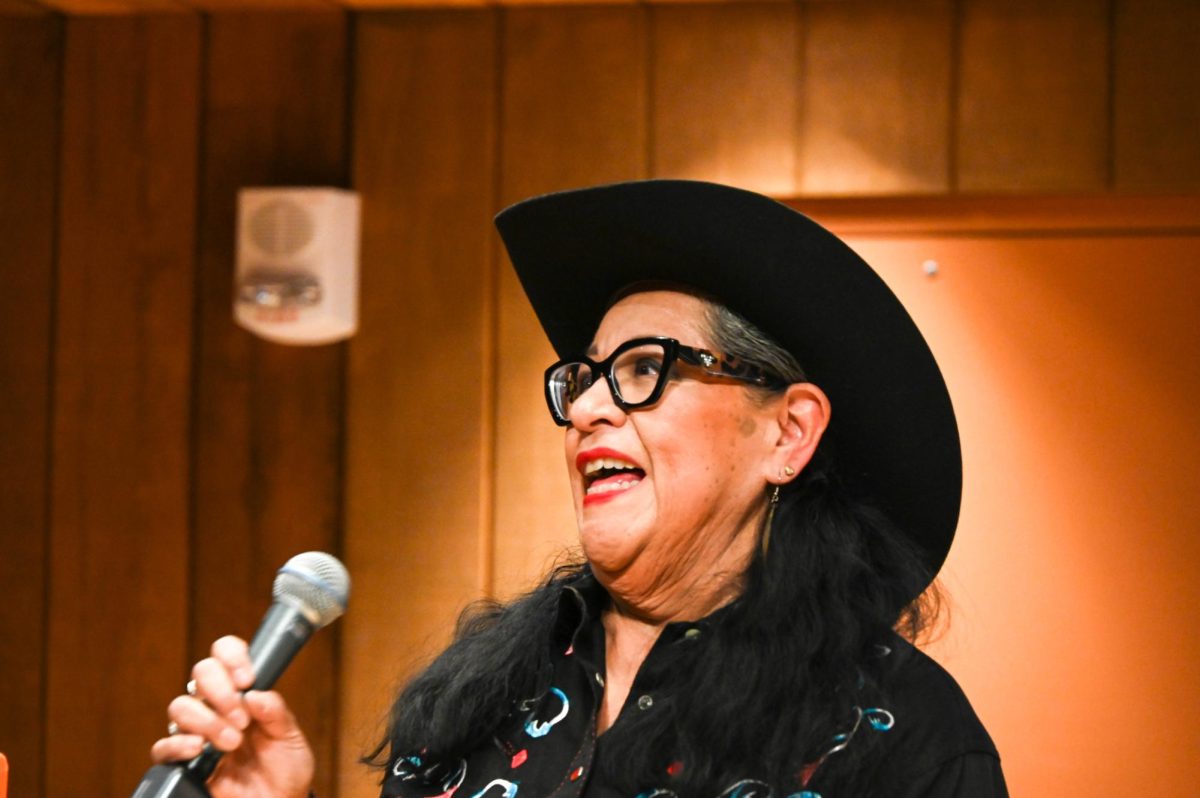

Ann • Mar 14, 2024 at 3:14 pm
Thank you for featuring the tireless efforts of Toledo’s amazing Palestinian activists. Additionally, for those wondering if
municipal ceasefires matter, think of it this way. They work to bridge the gap between constituents and out-of-touch elected officials at the state and federal levels. It uplifts voices while sending a very public message about where a city/voting block stands. Plus, watching how council members speak on this issue provides valuable insight into their character, which may sway who you choose to elect to council.